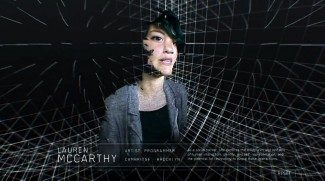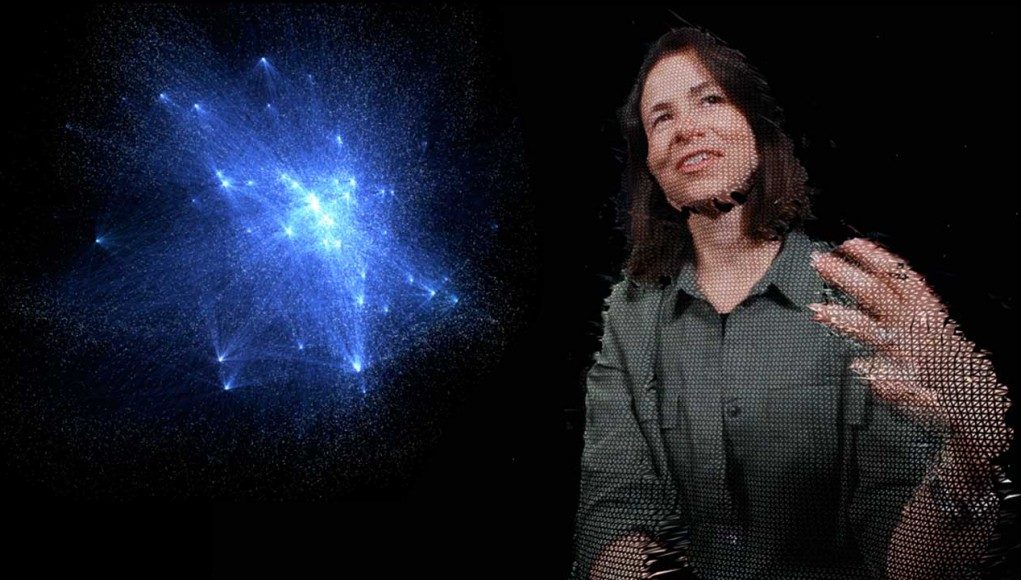 Back in 2014, the CLOUDS interactive documentary premiered at Sundance New Frontier where it debuted a VR interface to navigate over 40 oral history interviews with creative coding pioneers. Movies have typically been pretty linear, but how could a documentary become more interactive?
Back in 2014, the CLOUDS interactive documentary premiered at Sundance New Frontier where it debuted a VR interface to navigate over 40 oral history interviews with creative coding pioneers. Movies have typically been pretty linear, but how could a documentary become more interactive?
LISTEN TO THE VOICES OF VR PODCAST
Audio PlayerJust as Hypertext links enabled web content to interactively link to other related resources with many inbound and outbound links, the CLOUDS creators James George and Jonathan Minard used a similar concept to hand craft multiple inbound and outbound connections for every segmented interview clip. This created an interconnected web of media that can be navigated within VR, which ends up being more like a tagged media database than a linear film.

I had a chance to talk to one of the creators of CLOUDS, James George, who is the co-founder & CEO of Simile Systems & founding member of the production company called Scatter. James is a very innovative thinker about the future of interactive media, and has many deep thoughts on the topic. He talks about the 4-year evolution of CLOUDS, documenting the creative coder movement, how they implemented their interactive documentary, and the future of cracking the narrative code of the VR medium through the defining of each of the genres.
CLOUDS has been out for a few years now, but I think it’s still ahead of it’s time in terms of what it’s doing with interactive documentary. James is in the currently process of productizing the Depth Kit to transform a Kinect into a computational photography camera, and is in production on a VR narrative experience called Blackout VR with Alexander Porter.
Support Voices of VR
- Subscribe on iTunes
- Donate to the Voices of VR Podcast Patreon
Music: Fatality & Summer Trip







